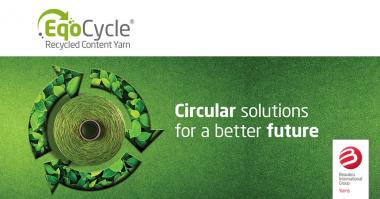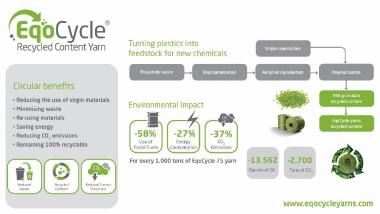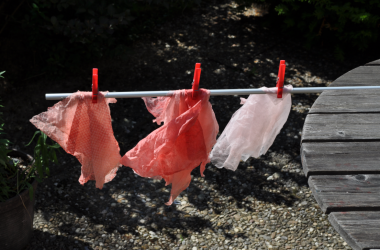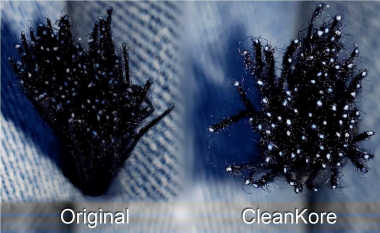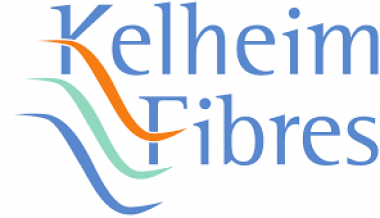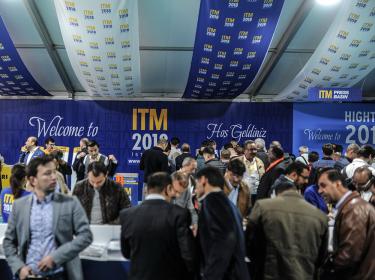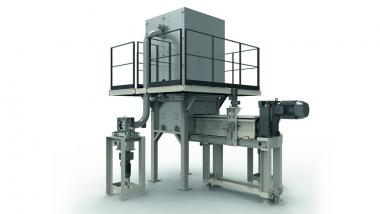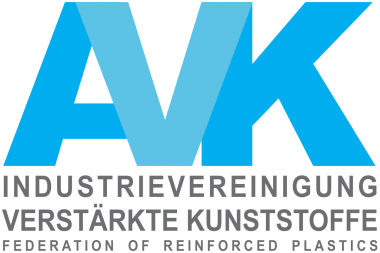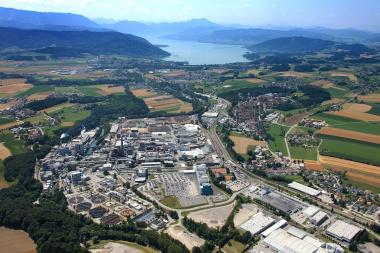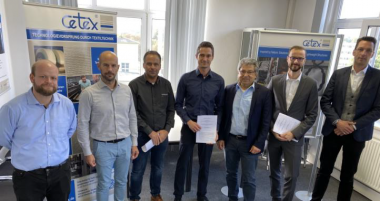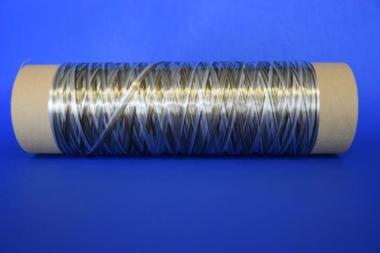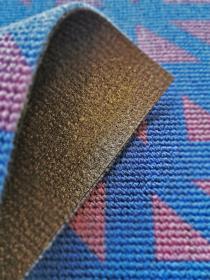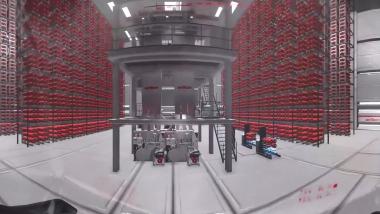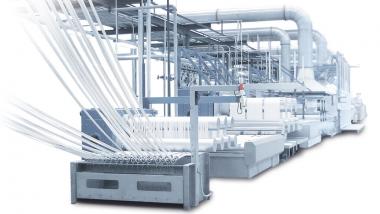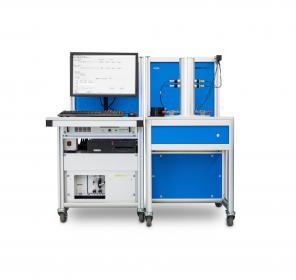Baldwin’s podcast explores printing and industrial process automation trends
Baldwin Technology Company Inc. has launched Unlocking Potential, a new podcast series that covers the latest trends, innovations and technologies in key industries—from packaging and converting, to security printing, textile production, film extrusion and more.
The first episode debuted February 1, and it shares the history and evolution of Baldwin, which recently marked 100 years of innovation. Episode 2 features a conversation with Baldwin experts about security printing advancements.
“We are excited to introduce this opportunity to share ideas, insights and educational content with customers, partners and associates around the world,” said Baldwin’s Chief Marketing and IoT Officer Steve Metcalf, who joined Chief Commercial Officer and longtime Baldwin team member Peter Hultberg on the inaugural episode. “In a time when traditional trade shows and conferences are being reimagined, podcasting provides a familiar platform for us to be conversational again.”
Future episodes will delve into the latest in curing technology for specialized manufacturing applications, the transformation of cleaning processes and consumables for printing, and other topics, as markets and industries continue to evolve.
Barry-Wehmiller










